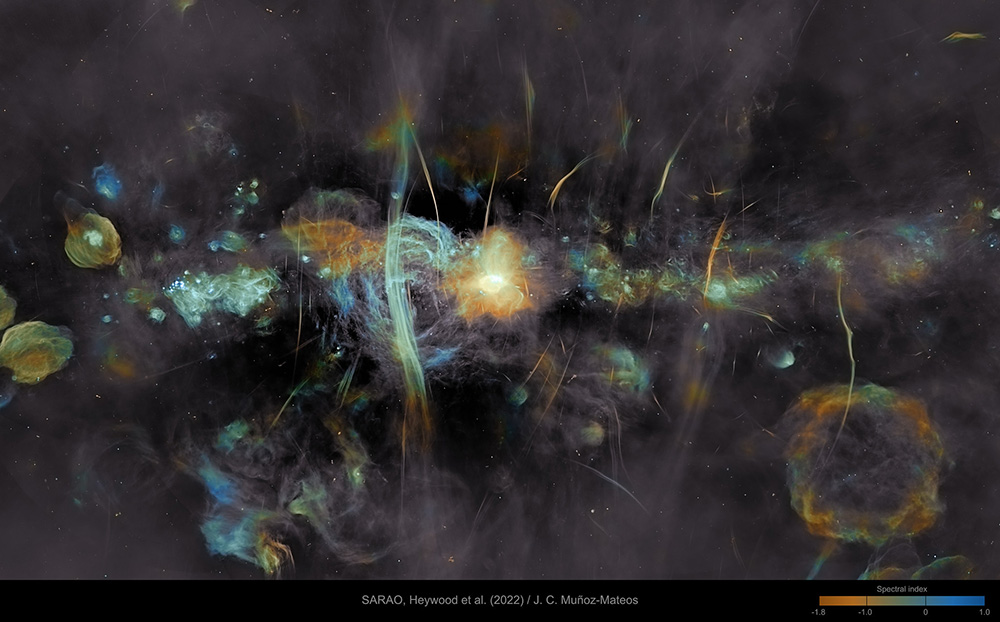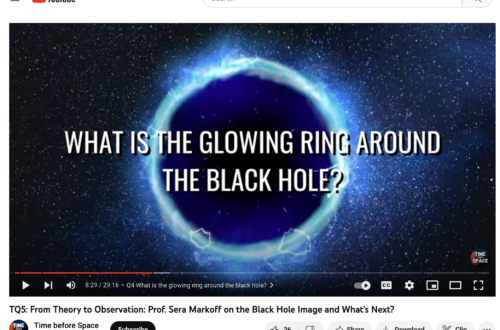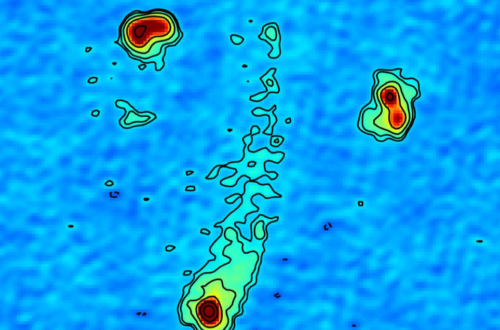Last week we received the announcement that on May 12, through press conferences around the world, the Event Horizon Telescope (EHT) will reveal groundbreaking results about the center of our galaxy: the Milky Way. More than a hundred years had to pass since the publication of Albert Einstein’s General Relativity, for us human beings to be able to decipher that mysterious center of our existence, from the point of view not only of the solar system but from a universal vision. But why are we interested in that? And how is it possible to observe something so far away?
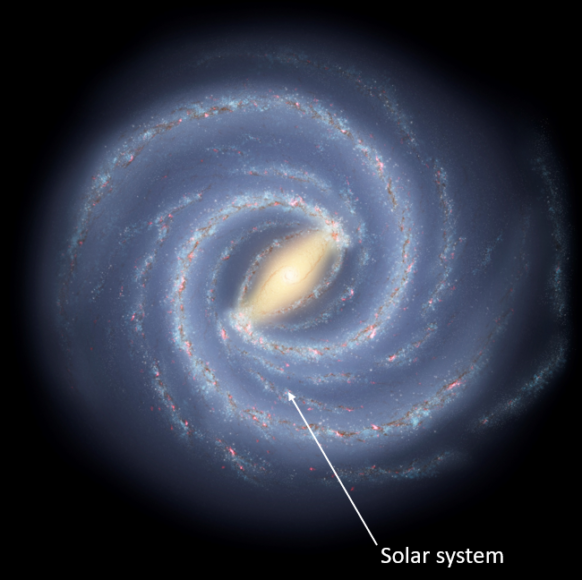
For many centuries we have wondered about the origin and evolution of our galaxy, as it turns out that its core can affect the formation of stars and planetary systems. Specifically, the supermassive black hole in the center: Sagittarius A*, having a mass million times the mass of the Sun, interacts with its surroundings in a powerful way, even being able to destroy a star if it gets too close enough. Now imagine what can happen to a small planet like Earth! Fortunately, we’re at a safe distance for now.

To see what’s happening in the center, we need the Event Horizon Telescope, whose main goal is to capture the image of Sagittarius A*, but how to observe an object that is completely dark? One of the tricks is to observe the light emitted by surrounding superhot matter (with temperatures trillions of degrees Celsius, even hotter than the center of the Sun), and the effect of gravity on it. The result of this interaction is known as the Shadow of the Black Hole and it is not possible to observe it directly in the normal colors of the rainbow, instead, we must use specialized telescopes to capture radio waves. So far, the best image of the center of our galaxy was released earlier this year 2022 (see Figure 3) and the best Sagittarius A* image was published in 2019 (see Figure 4).
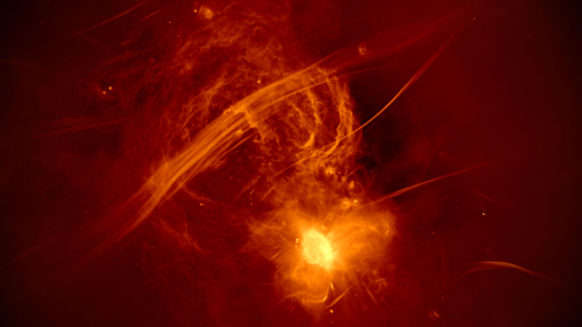
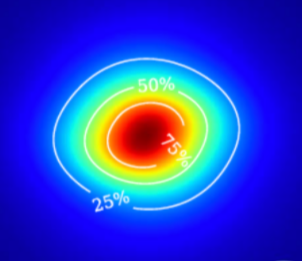
We only have to wait for one day to see the new results!

